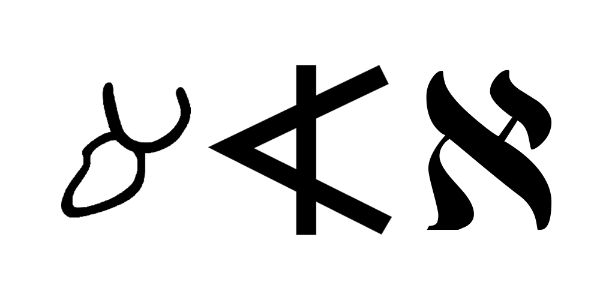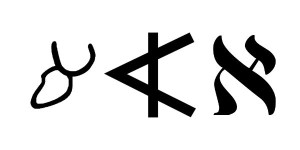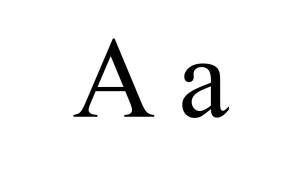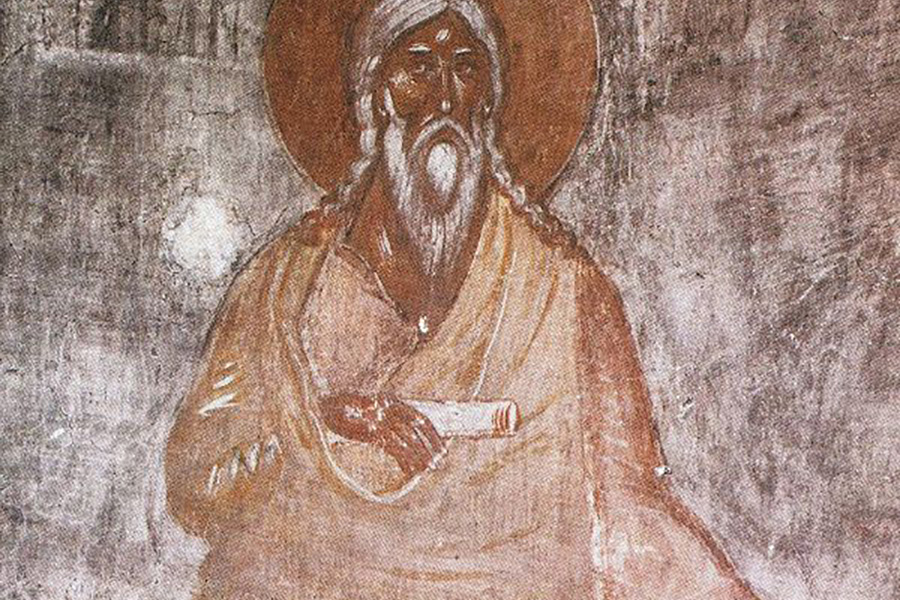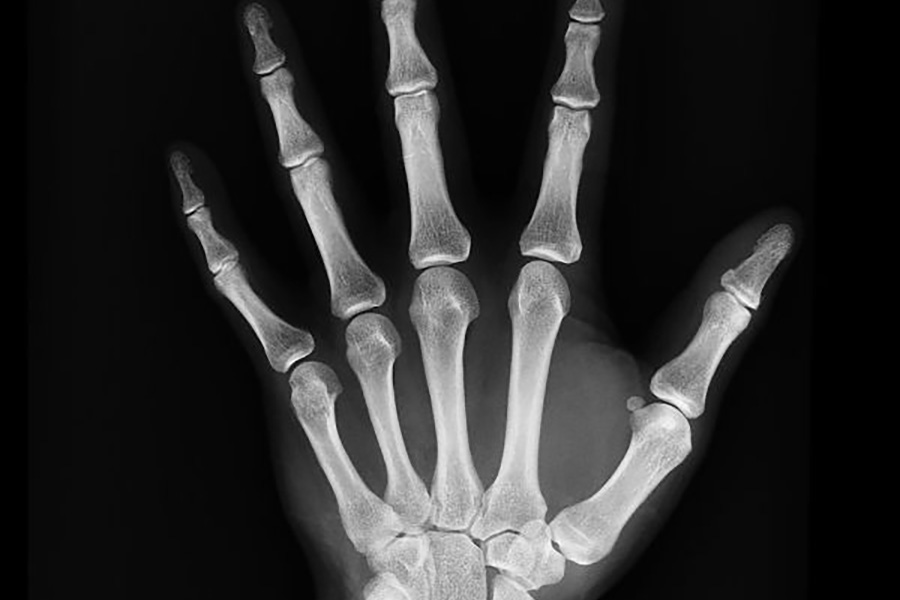« Back to Glossary Index
Synonyms:
𐤀
The letter 𐤀 (alaph) or A/a is the first letter in the Afroasiatic language known as Paleo-Hebrew (Ābarayat). The letter has been equated with both the letter A and the letter E in the English language. However, the letter E is mostly associated with Modern Hebrew, whereas it originally came from a branch of the Paleo-Hebrew letter we associate with H in the English language.
To read the study guide entry that elaborates on 𐤀 (A) then visit https://www.paleohebrewdictionary.org/ext/A or use phdict.org/ext/A to share a short link with others.

